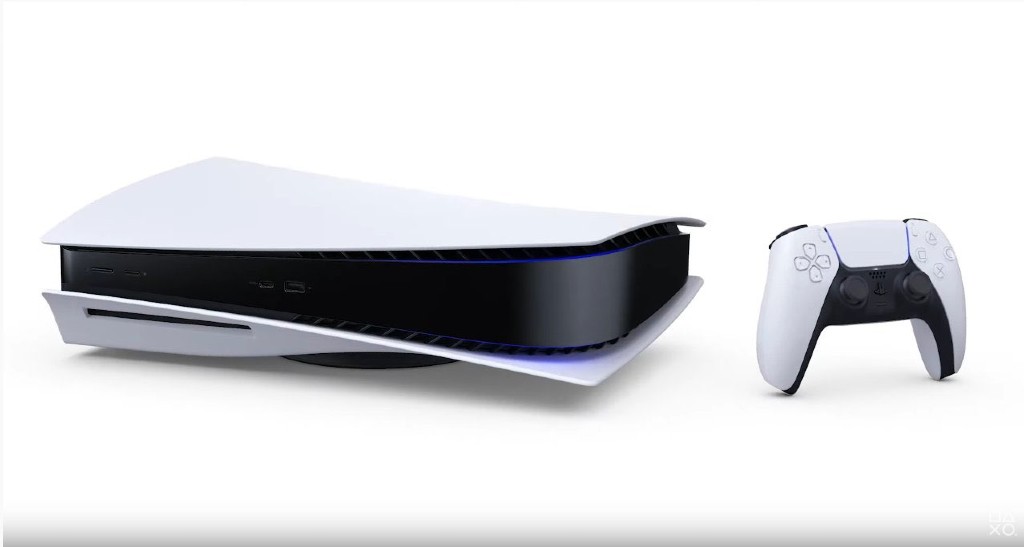Along with visuals, audio, hardware, controllers, and literally every other attribute, a pivotal way video games have improved over the decades is in terms of accessibility and ease of use. The first home consoles took games out of arcades and brought them to people’s living rooms. Eventually, online shopping (and later digital downloads) made it so gamers didn’t even have to leave their homes to add new games to their libraries, a necessary luxury these days.
Now, it’s 2020, and Spotify and Apple Music have made streaming music easily the most convenient way to access your favorite songs. Netflix, Hulu, and similar platforms have done the same for TV and movies. It only makes sense to call for access to top-rate games to be as instant and effortless as this. One can argue that video games do not fit into the streaming picture the same way as music and film yet, but how can they? At the moment, the answer to that question is still being written.
The idea behind playing a streaming game is easy to understand: In essence, instead of owning a beefy console or PC, players see live video of the game they’re playing over the cloud and send inputs in real time. The burden of processing power is placed on some server somewhere else, not the player’s hardware. In this reality, players don’t have to play at arcades, leave the house to buy new games, or even wait for downloads.
In the abstract, this is an alluring idea. With streaming video games, there’s no need to have up-to-date and potentially expensive technology in your home. As long as you have some sort of screen with a machine that can handle streaming video, you can play the latest big-time games and still achieve the best possible quality, both in terms of visuals and gameplay.
At least, this was what Google Stadia promised, but the platform hasn’t exactly made streaming video games the new way to play. Why not? Well, for starters, there’s Google’s flawed rollout strategy. The idea behind the platform, or at least one of its primary appeals, is to make streaming gaming accessible with tech people already had in their homes. Yet, when Stadia launched in November of 2019, it was only available via the $130 “Premiere” and “Founder’s Edition,” which came with a Stadia controller and a Chromecast Ultra. They only just made their free tier available in April, nearly five months after its launch.
So, instead of instant and convenient gameplay on equipment you already have, Stadia launched with a paywall and the need for proprietary equipment. That hasn’t exactly torn gamers away from the PS4 and Xbox One (more on consoles in a moment) they didn’t have any real issues with in the first place. Stadia didn’t offer a better experience, so why bother with it?
Additionally, Stadia is not a Netflix-style subscription service that gives players access to a huge library of games without an additional charge. That sort of thing is what consumers have come to expect now when they hear something called a “streaming” service. Players still have to buy individual games, and on launch, only a dozen games that many gamers already owned on other platforms were available. One only needs so many copies of Assassin’s Creed Odyssey.
While most reviewers have praised the overall quality of Stadia games played through an ethernet connection, most players will likely default to a less cumbersome Wi-Fi setup. At least in the near future, this is a problem: Ars Technica noted that when playing over Wi-Fi, they found the experience to be “inconsistent to the point of aggravation.” Home Wi-Fi speeds are already prone to dragging with phones, laptops, smart TVs, smart watches, door bells, refrigerators, blenders, juicers, and a growing roster of other devices hogging bandwidth. Imagine adding streaming games to that already-crowded internet usage environment, especially when many of us already struggle playing YouTube videos without buffering sometimes.
And for the most part for most folks, that’s just at 1080p: Stadia promises gameplay in 4K.The internet speeds and bandwidth people have in their homes now are only just starting to catch up to its gluttonous technological needs, and 4K video is a relatively new concept in terms of widespread adoption at a user level. It doesn’t feel like the platform is there yet for 4K video plus the real-time interactivity cloud gaming requires, a sentiment to which critics can attest.
Ultimately, Google failed to make their experimental new service easily accessible, immediately attractive, and properly functional. They introduced it poorly, and the tech isn’t ready. Therefore, Stadia has yet to become a household name. The same goes for its competitors, like GeForce Now, Shadow, and others you probably haven’t heard of.
That doesn’t mean they won’t ever be, though. After all, Nintendo was a company for 94 years before they released their first Mario game. Patience is, has often been noted, a virtue.
One competitor in this space that hasn’t been mentioned yet, though, is one that everybody knows: Sony. Their PlayStation 5 is set to launch in time for the holiday season, and it looks like the PS4 successor could radically change streaming gaming. Thursday’s PS5 reveal event didn’t address this, but in a report from last year, Sony CEO Jim Ryan described “a massively enhanced PlayStation community where enriched and shared PlayStation experiences can be seamlessly enjoyed independent of time and place — with or without a console.”

Additionally, Microsoft’s xCloud is on the way, so the cloud gaming platform could bring similar functionality and flexibility to the upcoming Xbox Series X and/or the Xbox ecosystem more broadly.
If these visions end up implemented as stated (or rather, as I’m interpreting them) in the new PlayStation and Xbox consoles, the next generation of gaming could offer the best of both the console and cloud-based worlds. Are you at home? Just play on your PlayStation/Xbox and don’t fret about the potential connectivity pitfalls of streaming. Elsewhere? Access your games library in a way that — in ideal conditions, at least — mirrors the experience of playing on console.
As Stadia has proven, though, big promises are easy to make. Similarly to the famous Seinfeld car rental incident, making a claim is effortless. It’s the keeping of the promise that’s the important part. So, how can Sony and Microsoft avoid the problems Google has faced?
I have a non-expert idea: Maybe a small portion of essential and regularly accessed game data is hosted locally, while the rest is delivered over the cloud, as a way of limiting what users need to store themselves. For the tech-aware, try thinking about it like the solid-state hybrid drives (SSHDs) that were popular a few years ago. Mechanical hard drives had big storage capacities, but were slow and on the way out. Meanwhile, solid-state drives (SSDs) were fast, but it cost multiple arms and legs to get one with any serious amount of storage. So, the SSHD was, as is obvious based on the name, a hybrid of the old and the new, and they were a wonderful resource to have during that transitional period.
Even if that idea doesn’t actually make sense on a technical level or isn’t applicable to streaming games, it illustrates the core of what I’m getting at: Maybe we’re diving straight into cloud gaming too quickly. Maybe console gaming and cloud gaming are two islands, and what we need now is a bridge. If that’s not the case, we don’t know everything about Sony and Microsoft’s cloud gaming solutions yet, so maybe they’ve figured something out that Google hasn’t, something they’ll be ready to show the world soon.
Regardless of which of these possible futures will be the one, for now, they are all just that: the future. That said, consumer technology feels really close to being ready for streaming gaming. At the very least, it appears to be a few months away, assuming that all the promises that have been made are fulfilled.
Until then, though, it seems Stadia, PS5, Xbox Series X, and the rest may be more of a preview of our gaming future than its arrival. Regardless, we’ve come a long way from the arcade.

